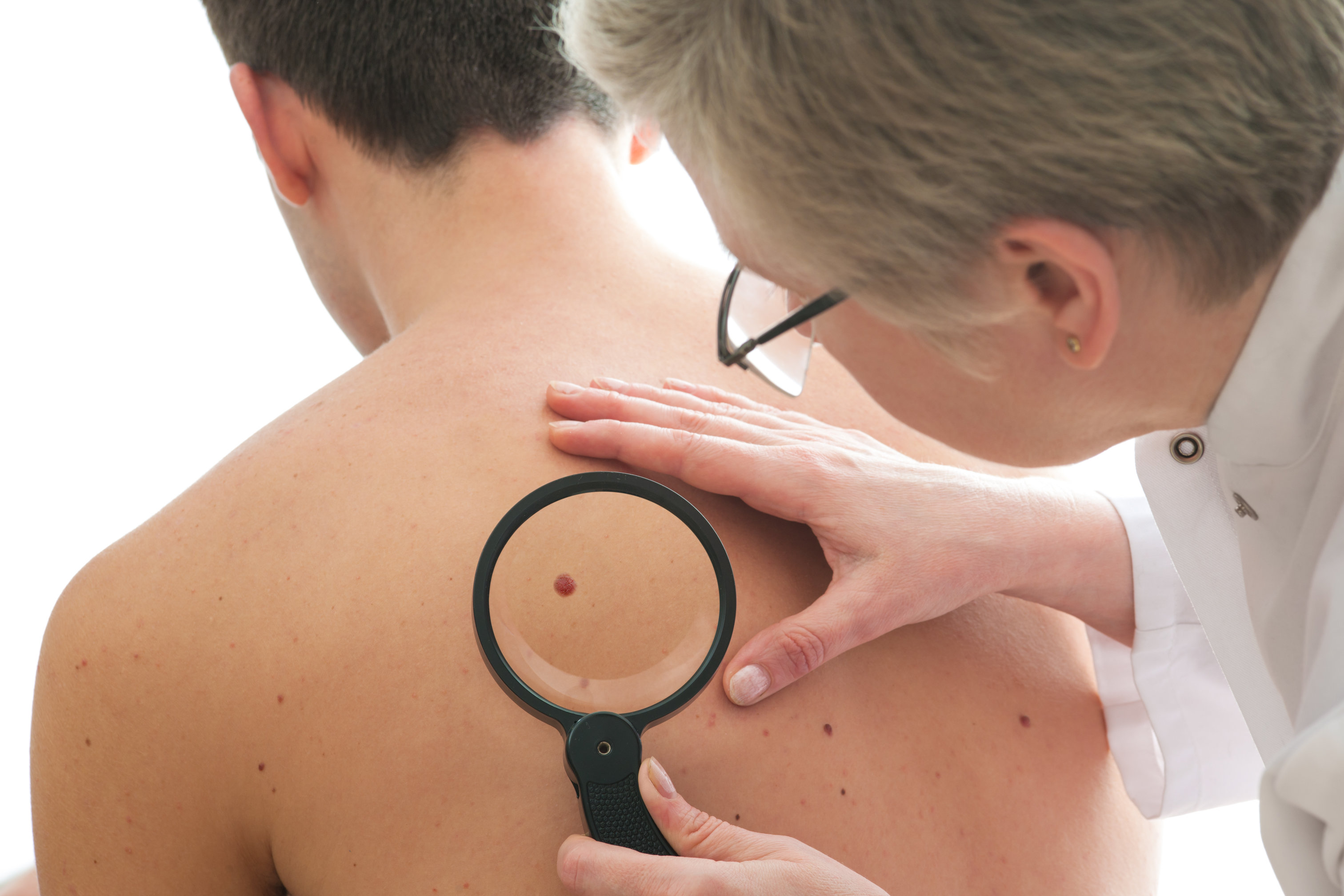
What Do You Need to Know About Mohs?
Mohs surgery is one of the most effective treatments for some kinds of skin cancer. It has a 98% cure rate for basal cell carcinoma and squamous cell carcinoma, according to the Skin Cancer Foundation. If you, or a loved one, have recently been diagnosed with one of these types of skin cancer, learning more about Mohs can help you to make some serious decisions. With such as high cure rate, considering this dermatologic procedure is an option that works wonders for many patients. What do you need to know about Mohs before making a treatment decision? Take a look at the questions you should talk to your doctor about before choosing Mohs or ruling it out.
Is Mohs Surgery an Inpatient Procedure?
No one wants to stay in the hospital. It’s not exactly a vacation. Luckily for you, the Mohs procedure is an outpatient surgery. That means, while you may have to go to a hospital or surgical center for the procedure, you won’t have to stay overnight. For most patients, Mohs is a four-hour procedure. Keep in mind, everyone is different and has different medical needs. It’s possible that the procedure will take more or less time than that. In any case, you’ll get to go home and recover in comfort – instead of staying in the hospital.
Is Anesthetic Used?
If you’re wondering, “Will I be awake during the surgery?” the answer is yes. But that doesn’t mean you’ll feel everything that the doctor is doing. Before the procedure starts, you’ll be given a local anesthetic. It won’t make you sleep and it won’t make you groggy. Local anesthesia only numbs the area near the injection site (as the name implies). You won’t feel pain when the Mohs procedure starts, but you will be fully awake.
What Is the Mohs Procedure?
After the affected area is numb, the procedure will get underway. Typically, the first step is to remove the visible cancer area and some of the skin underneath. It is then looked at in the lab while you wait. The doctor will bandage the area, keeping it clean until they can start the rest of the procedure – that is if there is any cancer left in the area. The surgeon continues the skin removal and microscopic inspection until the sample taken is completely cancer-free.
Why Does the Doctor Have to Remove More Skin Tissue?
One of the advantages of the Mohs procedure is that it gets down to the root of the cancer. Instead of just removing surface cells and assuming that the cancer is gone, the surgery allows the doctor to methodically get deeper into the tissue, which makes sure that all of the cancer is fully removed. Being able to look at each removed layer with a microscope in the lab before the surgery is over allows the doctor to continue or stop the process based on your individual situation.
Is Extra Normal Tissue Removed?
Another advantage of the Mohs procedure is that, instead of having to remove healthy tissue, the gradual surgical removal of cancerous tissue allows the doctor to leave healthy skin untouched. Even though you may need to have a small amount of healthy tissue that surrounds the cancer removed to make sure that the area is clear, you won’t lose skin unnecessarily.
Is Mohs the Right Choice for All Skin Cancers?
Deciding whether or not Mohs is the right choice for your cancer is a decision that you and your doctor need to make. In general, Mohs surgery is used when other treatments have failed and the cancer has reoccurred. It’s also used as the first choice for removal from areas that are highly visible or very sensitive, including facial areas such as the eyelids, lips, nose, feet or hands. If you’re considering Mohs surgery, Ashebor Dermatology can help.
